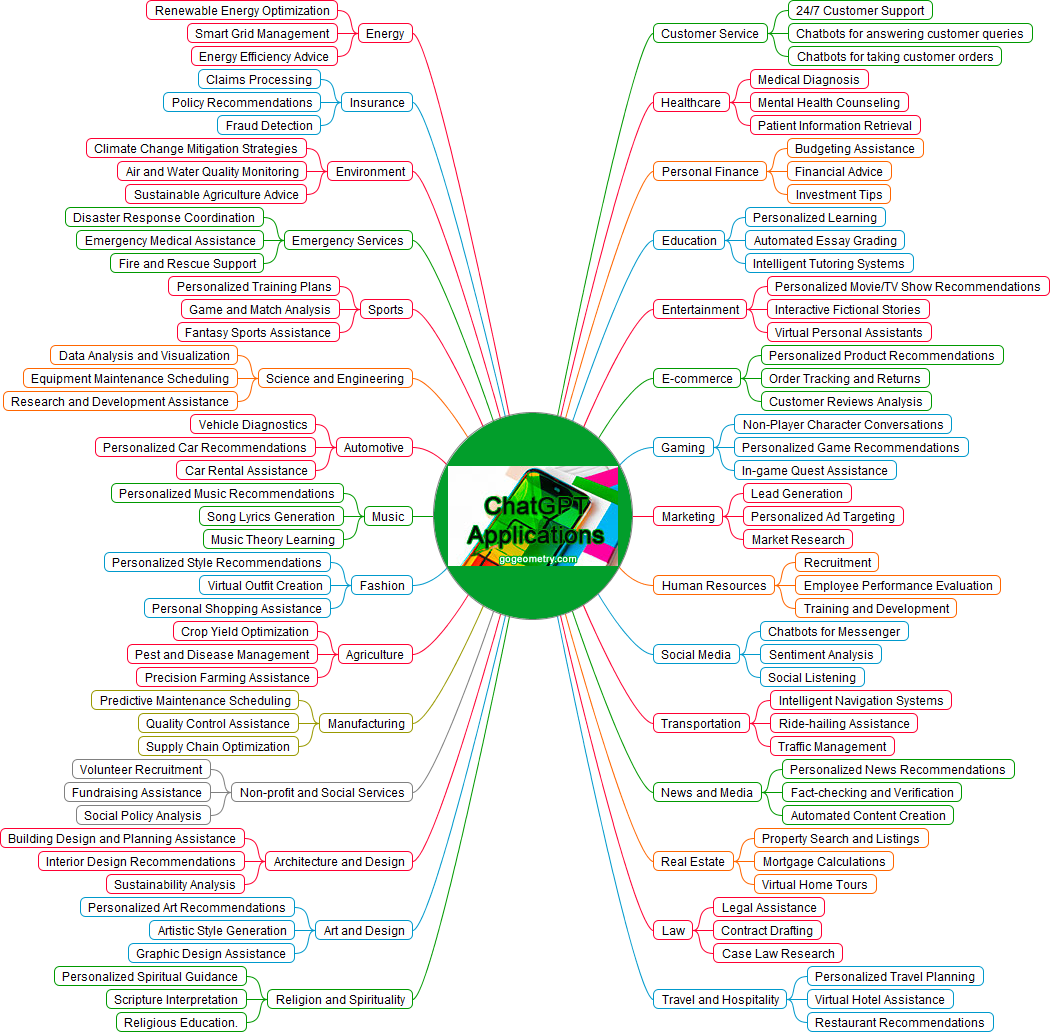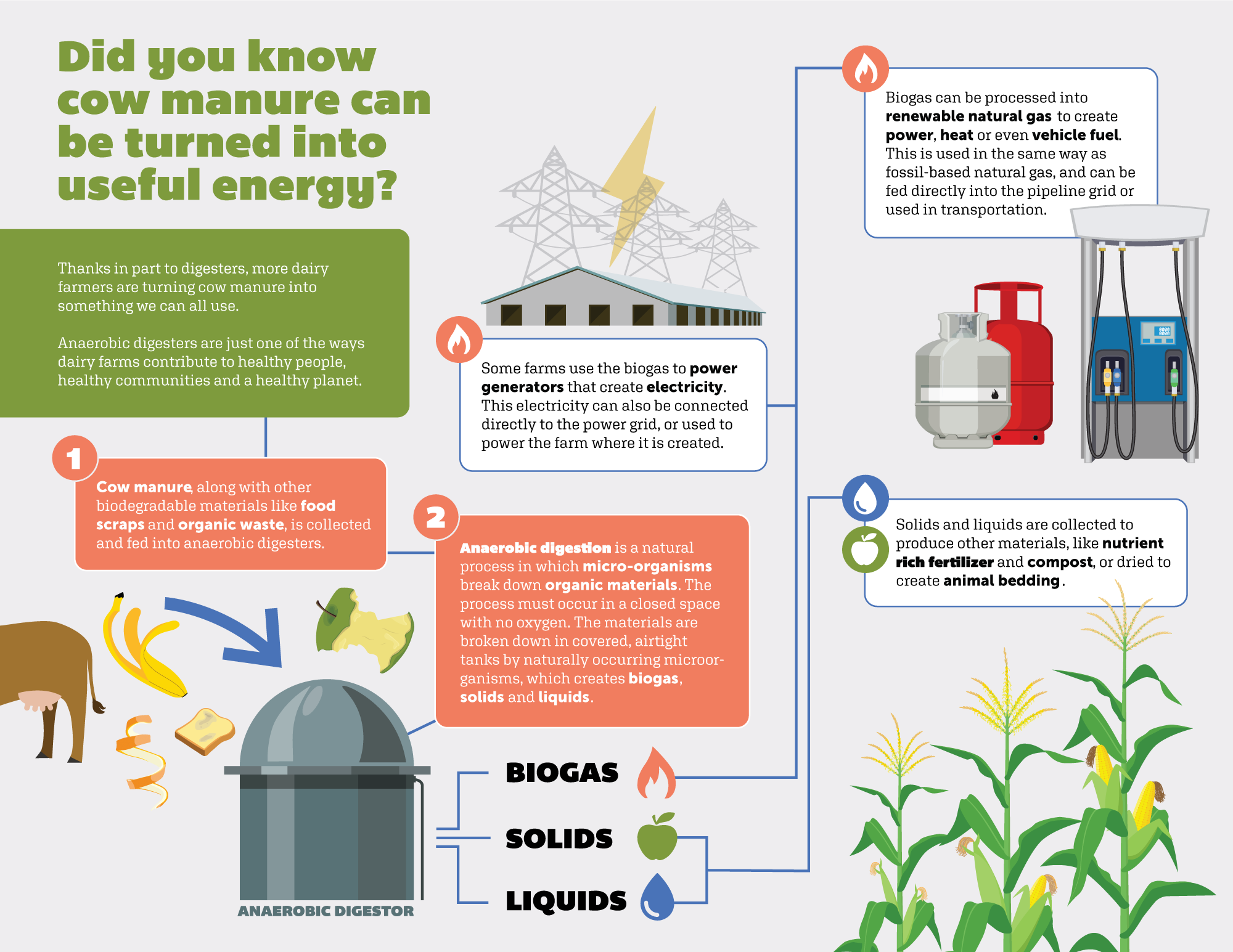East Palestine Train Derailment: Prolonged Toxic Chemical Exposure In Buildings

Table of Contents
Types of Chemicals and Their Persistence
The derailment released a cocktail of toxic chemicals, raising serious concerns about long-term building contamination. Understanding the properties of these chemicals is crucial to addressing the ongoing threat.
Vinyl Chloride's Impact on Building Materials
Vinyl chloride, a known carcinogen, is particularly concerning due to its volatile nature and ability to permeate various building materials. Its interaction with porous surfaces like drywall, insulation, and even paint can lead to persistent contamination.
- Absorption: Vinyl chloride readily absorbs into porous building materials, creating reservoirs of the chemical that can slowly release over time.
- Off-gassing: Even after initial cleanup efforts, vinyl chloride can continue to off-gas, leading to prolonged exposure for occupants.
- Persistence: Studies on past industrial accidents involving vinyl chloride demonstrate its remarkable persistence in the environment and its ability to remain in building materials for extended periods.
Other Toxic Chemicals and Their Long-Term Effects
Beyond vinyl chloride, other chemicals released in the East Palestine derailment, such as butyl acrylate and ethylene glycol monobutyl ether, also pose significant long-term risks.
- Other Released Chemicals & Health Effects: The specific health effects vary depending on the chemical and level of exposure, ranging from respiratory irritation and neurological damage to potential long-term carcinogenic effects. The CDC and EPA websites offer detailed information on the specific health risks associated with each chemical.
- Chemical Interactions: The interaction of multiple chemicals within building materials can create complex contamination scenarios, with potentially synergistic effects that exacerbate health risks.
- Authoritative Sources: The Centers for Disease Control and Prevention (CDC) and the Environmental Protection Agency (EPA) are authoritative sources for information on the properties and health risks of these chemicals.
Assessing and Mitigating Contamination in Buildings
Effectively addressing the threat of building contamination requires robust assessment and remediation strategies.
Methods for Detecting Chemical Contamination
Accurate assessment is the first step. Various testing methods can determine the level of chemical contamination.
- Air Sampling: Air quality testing measures the concentration of volatile organic compounds (VOCs) in the air, providing an indication of airborne contamination.
- Material Sampling: Samples of building materials (e.g., drywall, insulation) are analyzed to determine the extent of chemical absorption.
- Professional Testing: It's crucial to rely on certified professionals with expertise in environmental testing to conduct these assessments and interpret the results accurately. DIY methods often lack the precision and sensitivity needed.
Remediation Strategies for Contaminated Buildings
Remediation strategies range from simple cleaning to complete demolition, depending on the level and nature of the contamination.
- Remediation Techniques: Techniques include air scrubbing, surface cleaning, material replacement, encapsulation (sealing contaminated materials), and in severe cases, demolition of the affected structure. The choice depends on factors like the type of chemical, the extent of contamination, and cost considerations.
- Ethical and Legal Aspects: Determining responsibility for remediation efforts and ensuring ethical and equitable solutions for affected property owners are significant legal and ethical considerations.
- Challenges: Cleaning porous materials and reaching hard-to-access areas pose considerable challenges in effective remediation.
Long-Term Health Risks and Concerns
The long-term health consequences of exposure to the chemicals released in the East Palestine derailment are a major concern.
Health Impacts of Prolonged Exposure
Prolonged exposure can lead to a range of severe health problems.
- Chemical-Specific Risks: Each chemical carries its own set of health risks, some of which may not manifest for years.
- Synergistic Effects: The combined effect of exposure to multiple chemicals can lead to synergistic effects, exacerbating health problems.
- Long Latency Periods: Some health problems associated with chemical exposure may have a long latency period, making early detection and intervention crucial.
Psychological Impacts and Community Support
The disaster’s psychological impact on the community cannot be overlooked.
- Stress and Anxiety: The event has caused significant stress and anxiety among residents, heightened by uncertainty about long-term health effects.
- Mental Health Resources: Access to mental health support is critical for the community's well-being.
- Community Resilience: Building strong community support networks is essential for fostering resilience and helping individuals cope with the long-term consequences.
Conclusion: Addressing the Lasting Legacy of the East Palestine Train Derailment
The East Palestine train derailment's legacy extends far beyond the initial emergency response. The prolonged risk of toxic chemical exposure in buildings demands immediate and comprehensive action. Thorough building assessments, appropriate remediation strategies, and ongoing health monitoring are crucial to protect public health. Continued research, long-term health studies, and unwavering community support are essential to address the lasting consequences of this environmental disaster. We must learn from this tragedy, demand further investigations into the causes and prevention of similar incidents, and advocate for those affected by the East Palestine train derailment and its lasting impact of toxic chemical exposure in buildings. Share this article to raise awareness and demand action.

Featured Posts
-
 Asatyr Almwsyqa Alealmyt Thyy Mhrjan Abwzby Fy Dwrth Althanyt Waleshryn
Apr 28, 2025
Asatyr Almwsyqa Alealmyt Thyy Mhrjan Abwzby Fy Dwrth Althanyt Waleshryn
Apr 28, 2025 -
 Cassidy Hubbarths Final Espn Broadcast A Tribute
Apr 28, 2025
Cassidy Hubbarths Final Espn Broadcast A Tribute
Apr 28, 2025 -
 Ftc Probe Into Open Ai A Deep Dive Into The Chat Gpt Investigation
Apr 28, 2025
Ftc Probe Into Open Ai A Deep Dive Into The Chat Gpt Investigation
Apr 28, 2025 -
 Gpu Market Update High Prices And What To Expect
Apr 28, 2025
Gpu Market Update High Prices And What To Expect
Apr 28, 2025 -
 Turning Poop Into Podcast Gold An Ai Powered Approach To Repetitive Documents
Apr 28, 2025
Turning Poop Into Podcast Gold An Ai Powered Approach To Repetitive Documents
Apr 28, 2025
